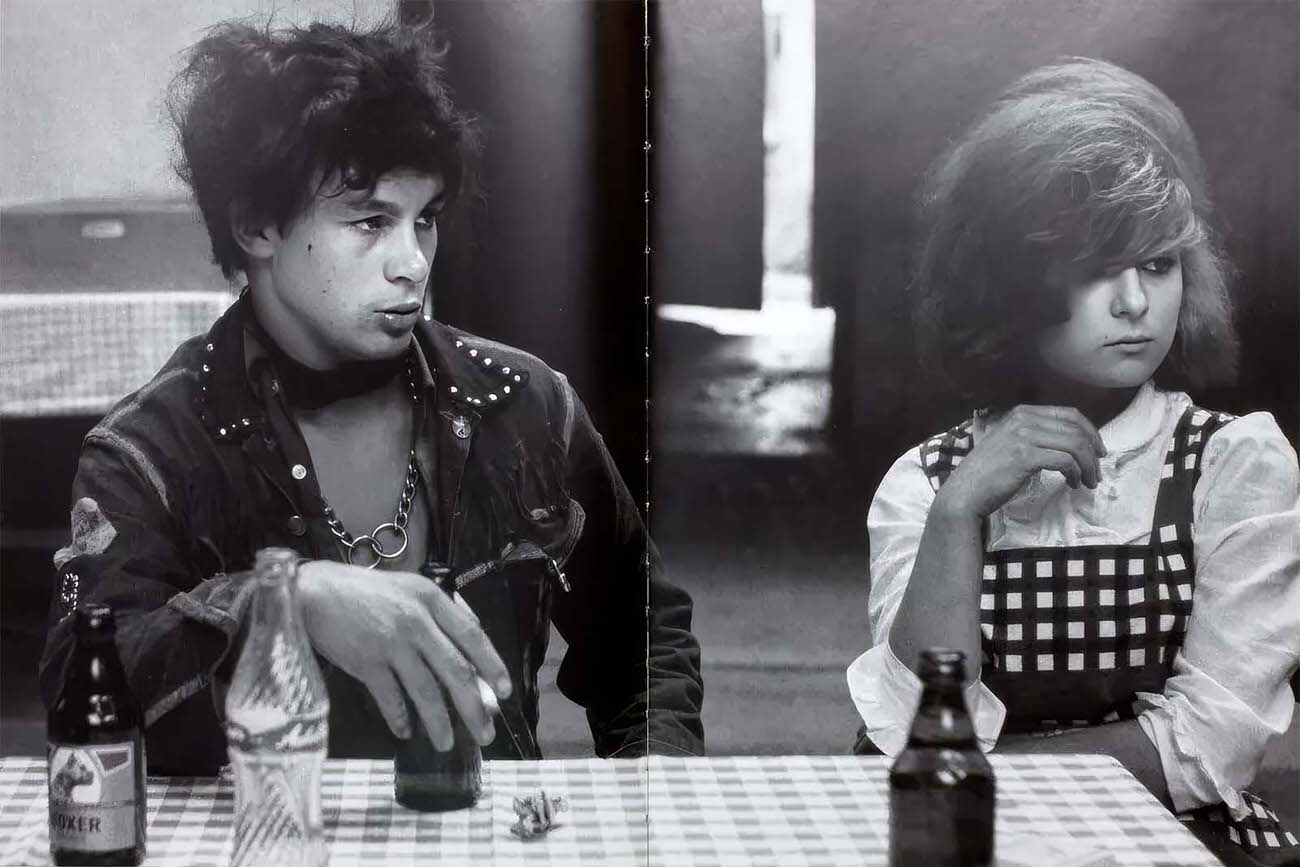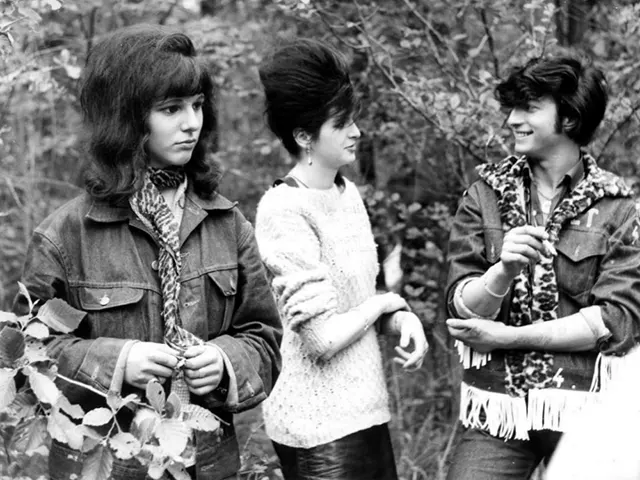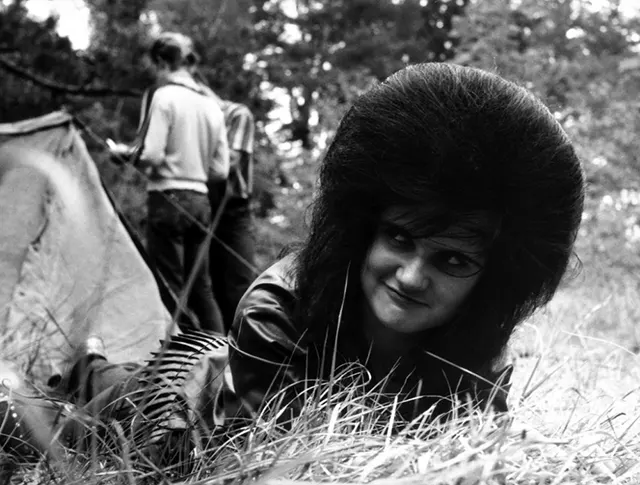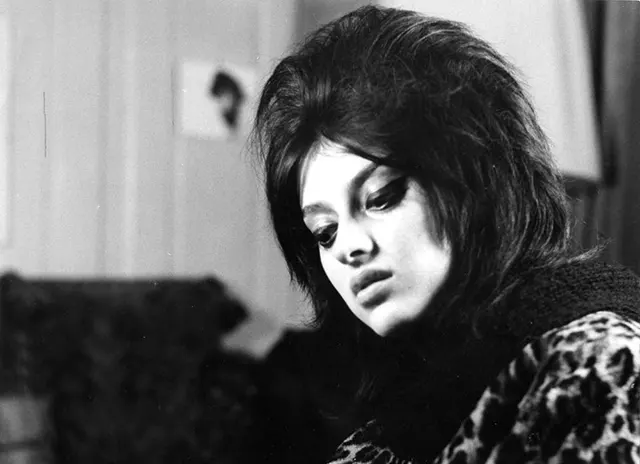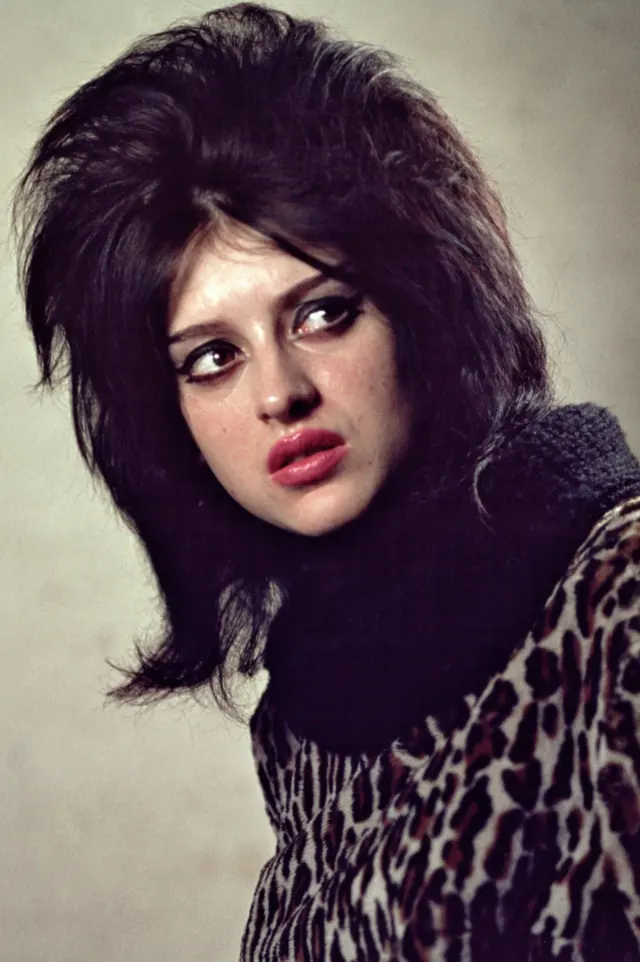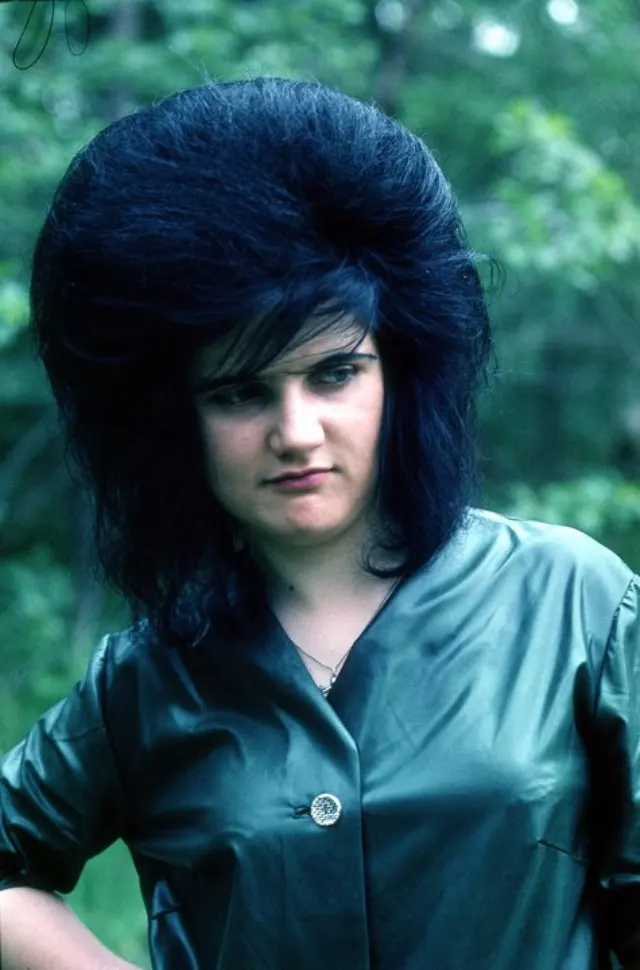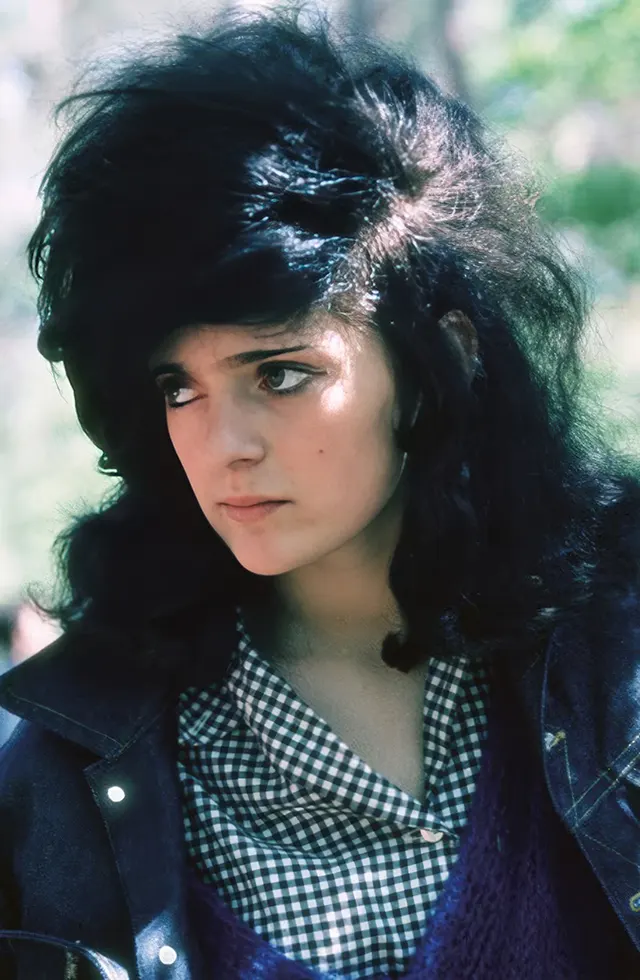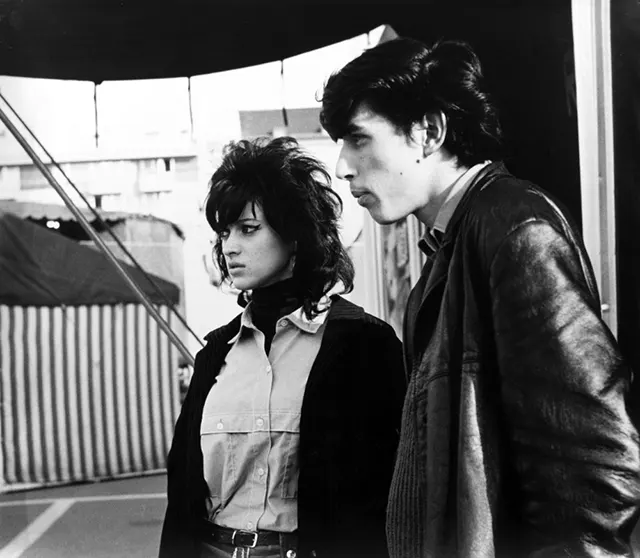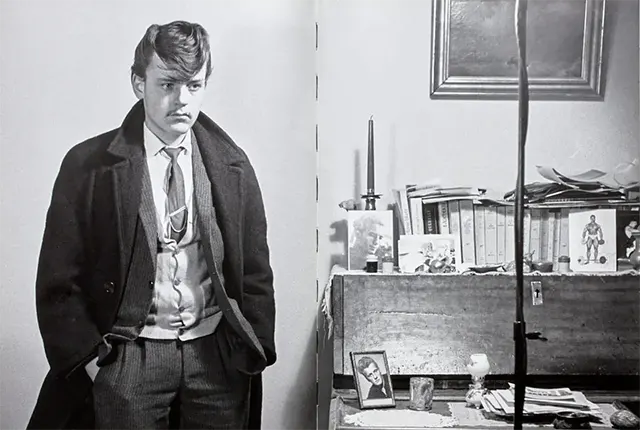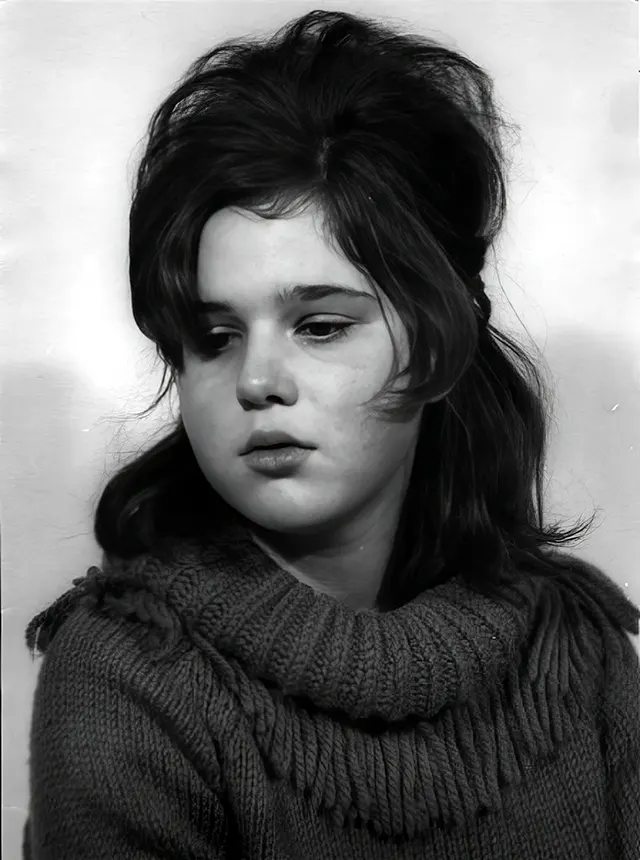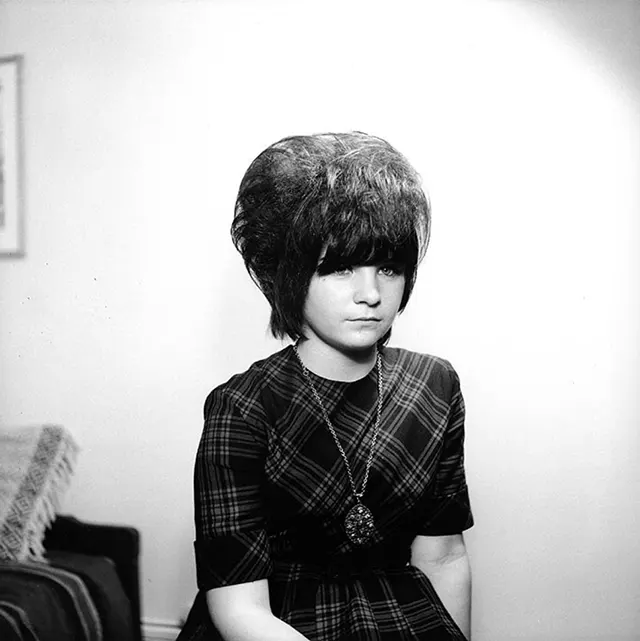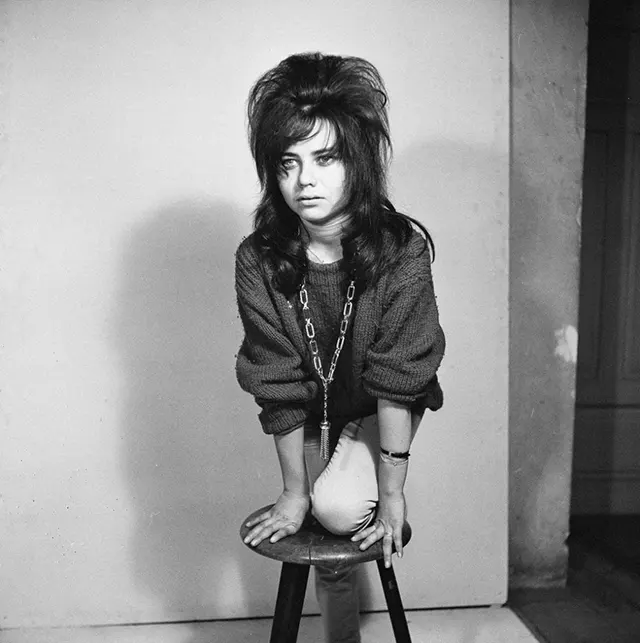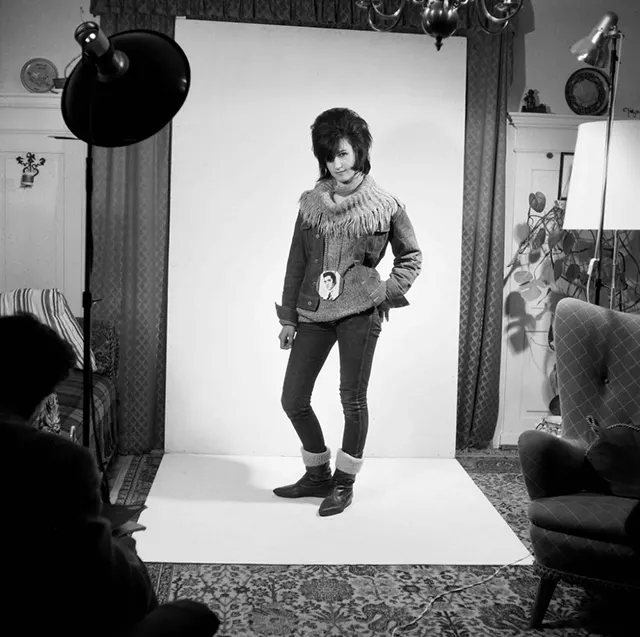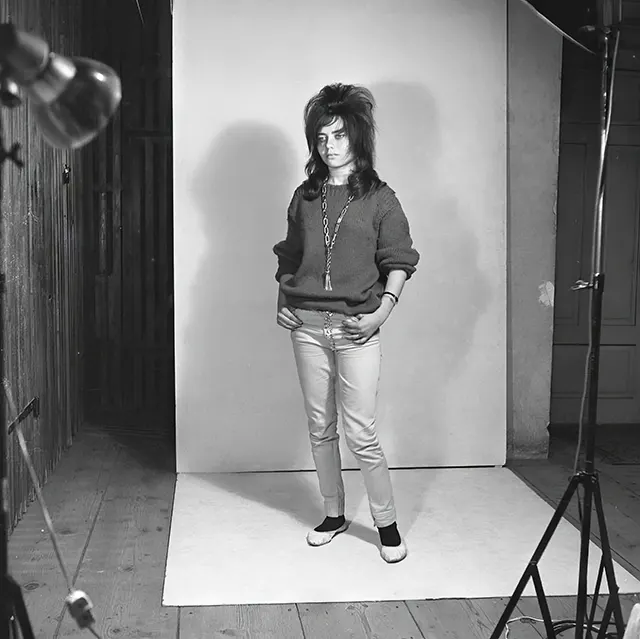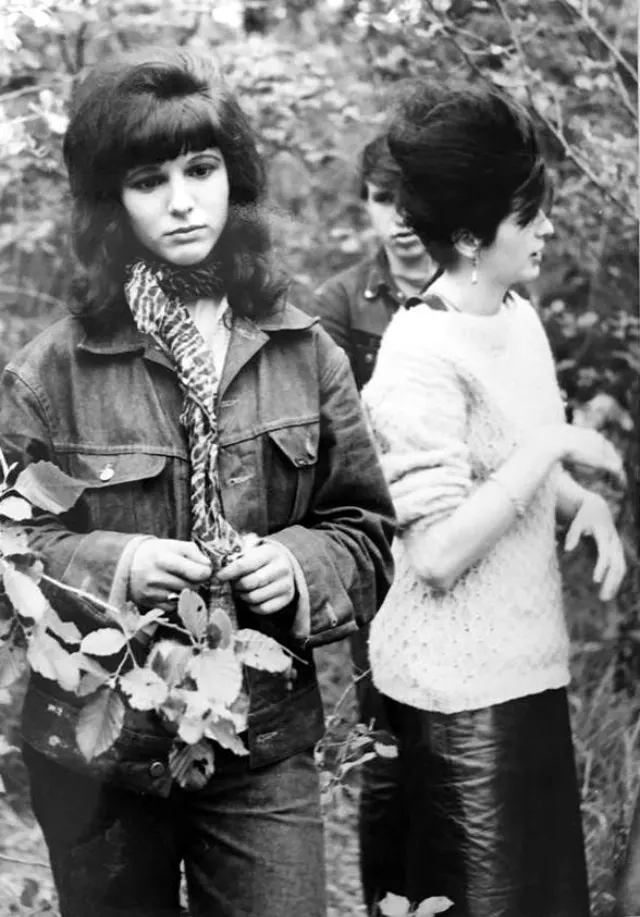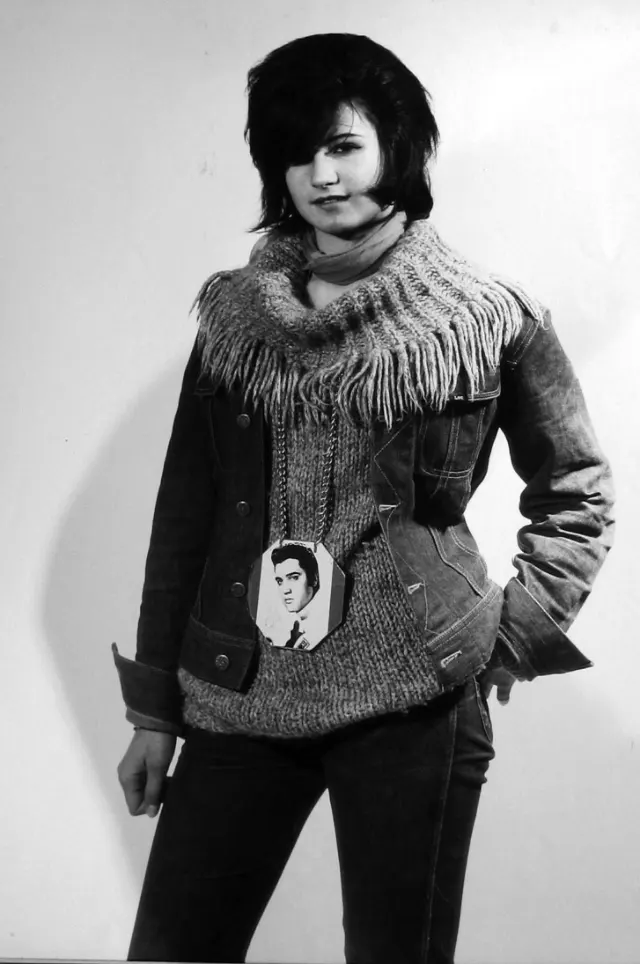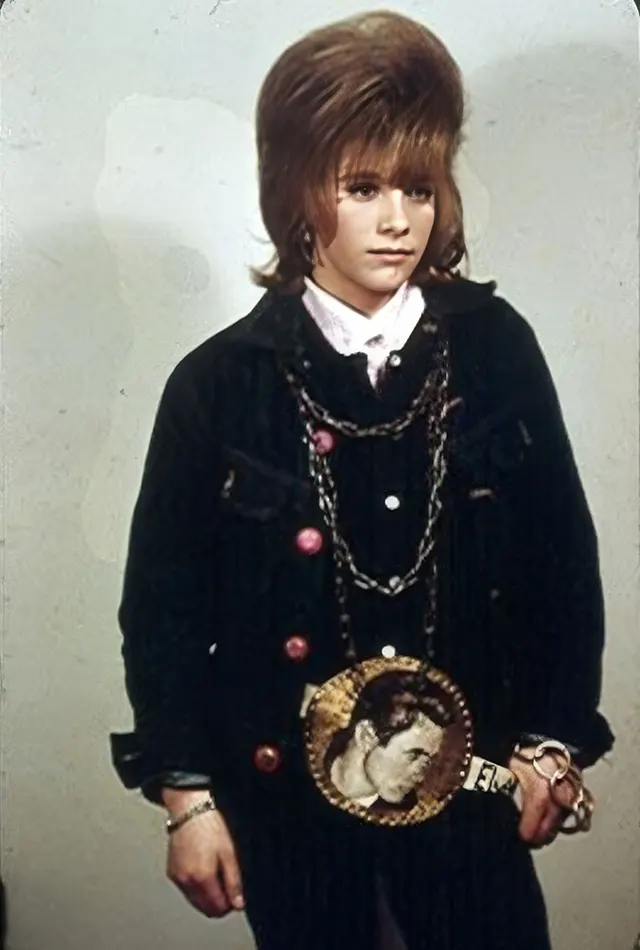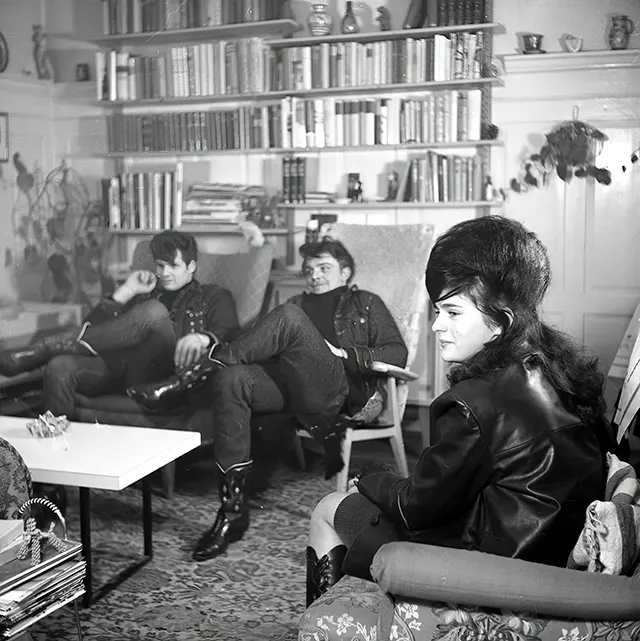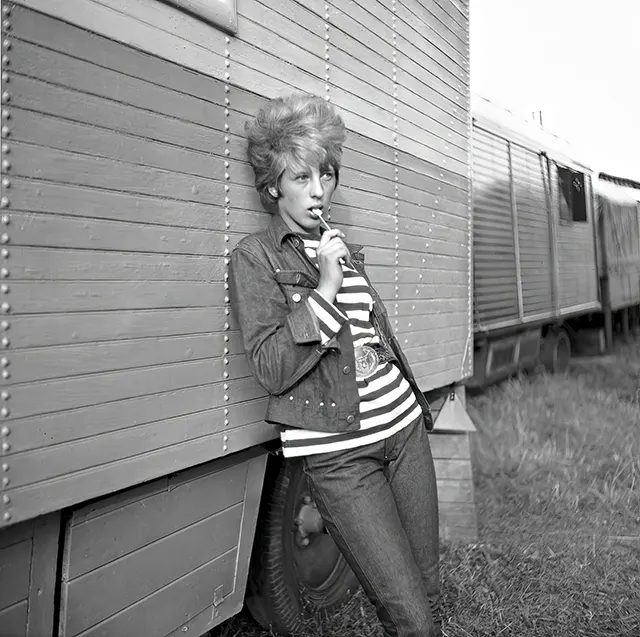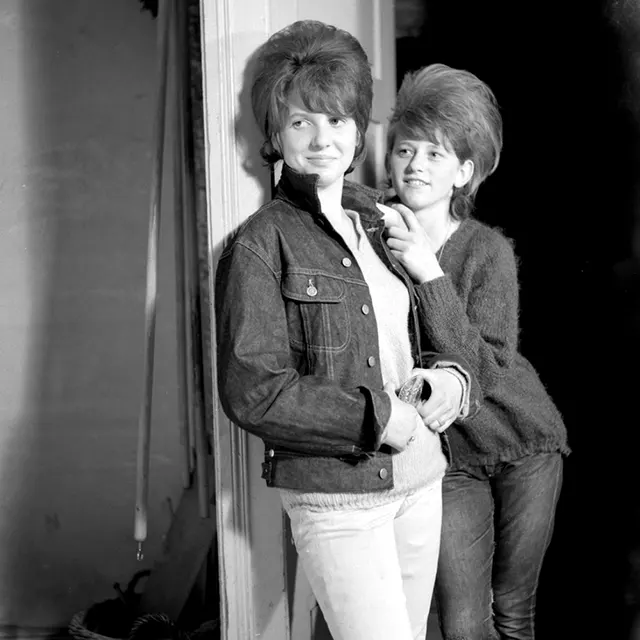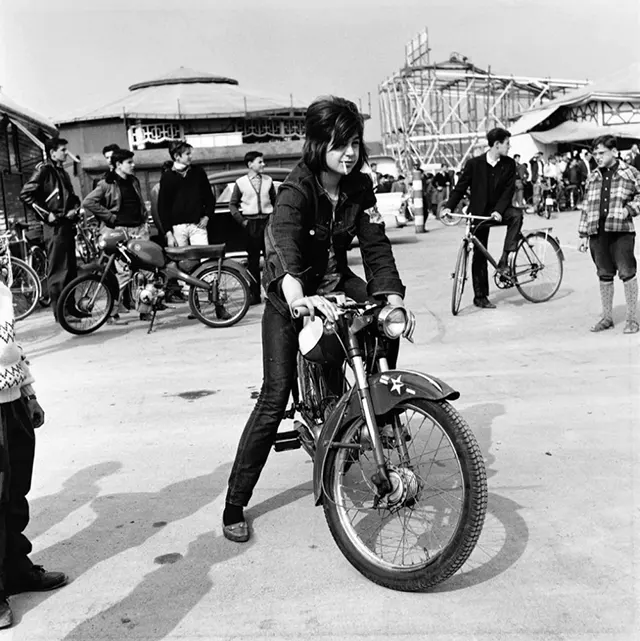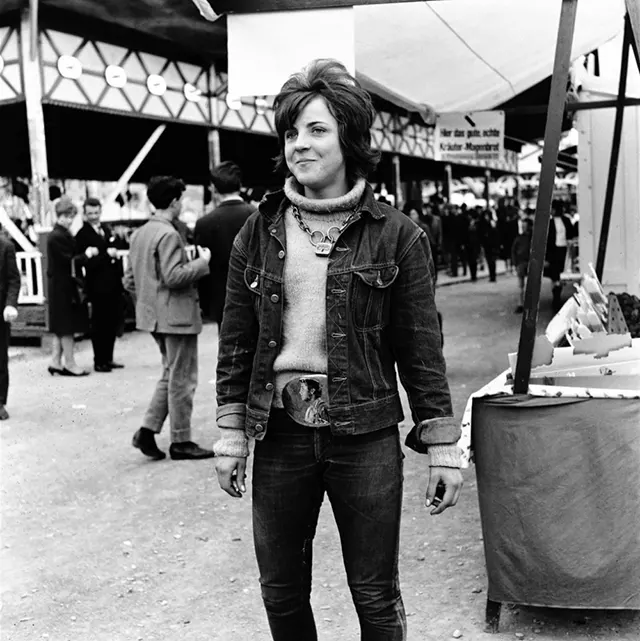The 1950s and 1960s marked a time of significant social change in Europe, particularly in Germany, Austria, and Switzerland. During this period, a vibrant subculture emerged known as “Halbstarke”. This term describes a group of rebellious youths who challenged the norms of their conservative societies. They were often characterized by their bold fashion choices, distinctive hairstyles, and a carefree attitude.
Halbstarke
The term “Halbstarke” translates to “the half-strong” in English. It has fascinating origins that link back to a manufacturing process called “Walken”, which means to tumble or mill. The synonym “Halbgewalkte”, or “half-tumbled,” adds a derogatory touch, implying that these youths were somehow incomplete or unformed. Despite this negative connotation, the Halbstarke represented a new wave of youth culture ready to break free from traditional constraints.
The emergence of the Halbstarken youth was influenced by the postwar environment of the 1950s. After World War II, Germany and its neighboring countries faced significant social and economic changes. Many young people came from working-class backgrounds and sought to express their individuality in a world that was still grappling with the effects of war. They wanted to make a statement and assert their identity against the backdrop of a conservative society.
Read more
Fashion and Style
The fashion of the Halbstarke was a bold reflection of their rebellious spirit. They drew inspiration from American movies and music, which had a profound impact on their style. Icons like “James Dean”, known for his role in “Rebel Without a Cause,” and “Marlon Brando”, famous for “The Wild One,” became symbols of youth rebellion.
Halbstarke often wore “tight jeans”, “checked shirts”, “leather jackets”, and “quiffs”. The “beehive hairstyle” was also popular among female Halbstarke, while males sported slicked-back hair or pompadours, emphasizing their defiance against conventional styles. Many adorned themselves with chains and accessories, further pushing against the norms of their time.
The Role of Music
The rise of “rock ‘n’ roll” in the 1950s significantly influenced the Halbstarke. Bands and artists like “Bill Haley” and “Elvis Presley” became cultural phenomena, inspiring youth to express themselves through music and dance. In 1956, the film “Die Halbstarken,“ featuring actors “Karin Baal” and “Horst Buchholz”, helped solidify the Halbstarke identity in popular culture.
The music was a backdrop for their gatherings, as they often spent their leisure time outdoors, gathering in parks or at street corners. The Halbstarke embraced the music scene, attending concerts and dances, which were often filled with energy and excitement.


